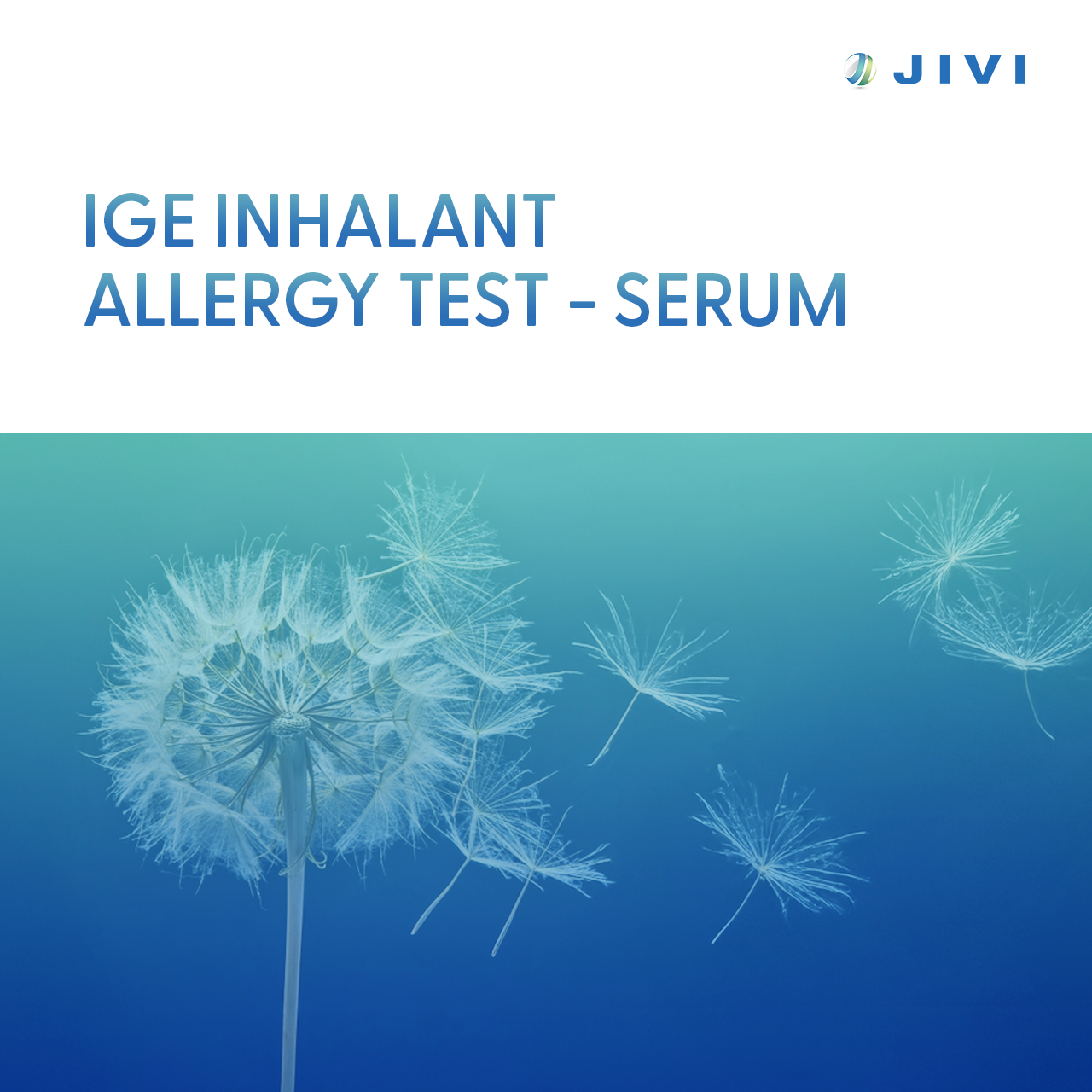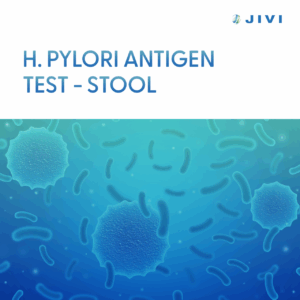Description
IgE Inhalant Allergy Test
What does this test measure?
This blood IgE test targets environmental allergens that are inhaled, which cause allergic rhinitis, asthma, etc. This panel typically includes:
- Pollens: tree pollens (birch, oak, cedar), grass pollens (timothy, Bermuda), weed pollens (ragweed, mugwort)
- Dust mites (Dermatophagoides pteronyssinus/farinae)
- Molds (Alternaria, Cladosporium, Aspergillus)
- Animal dander: cat, dog epithelia, possibly horse, rodent
- Cockroach and other insect allergens
- Possibly latex, feathers or other relevant allergens
This test mirrors a standard skin test panel for inhalants, but in vitro. If someone has year-round or seasonal allergies and can’t do skin testing, this identifies which allergens they have IgE to.
Who is this test most suitable for?
- People exposed to pets wanting to know if they are allergic
- Before getting a pet, testing predisposition
- Gardeners with seasonal issues confirming pollen allergies
- Those considering moving climates to avoid prevalent pollen regions
- Patients on biologic medications that can lower IgE levels
Clinical Use
This test can guide allergen avoidance (e.g., if dust mite IgE is high, focus on dust-proof bedding) and immunotherapy (allergy shots/drops contents are based on offending allergens). Also helps differentiate whether symptoms are allergic vs non-allergic rhinitis. A positive IgE to specific allergens explains a patient’s sneezing and watery eyes around those exposures. It’s used often by allergists as an alternative or complement to skin tests. It provides numeric values that can also be used to track changes over time or response to immunotherapy.





